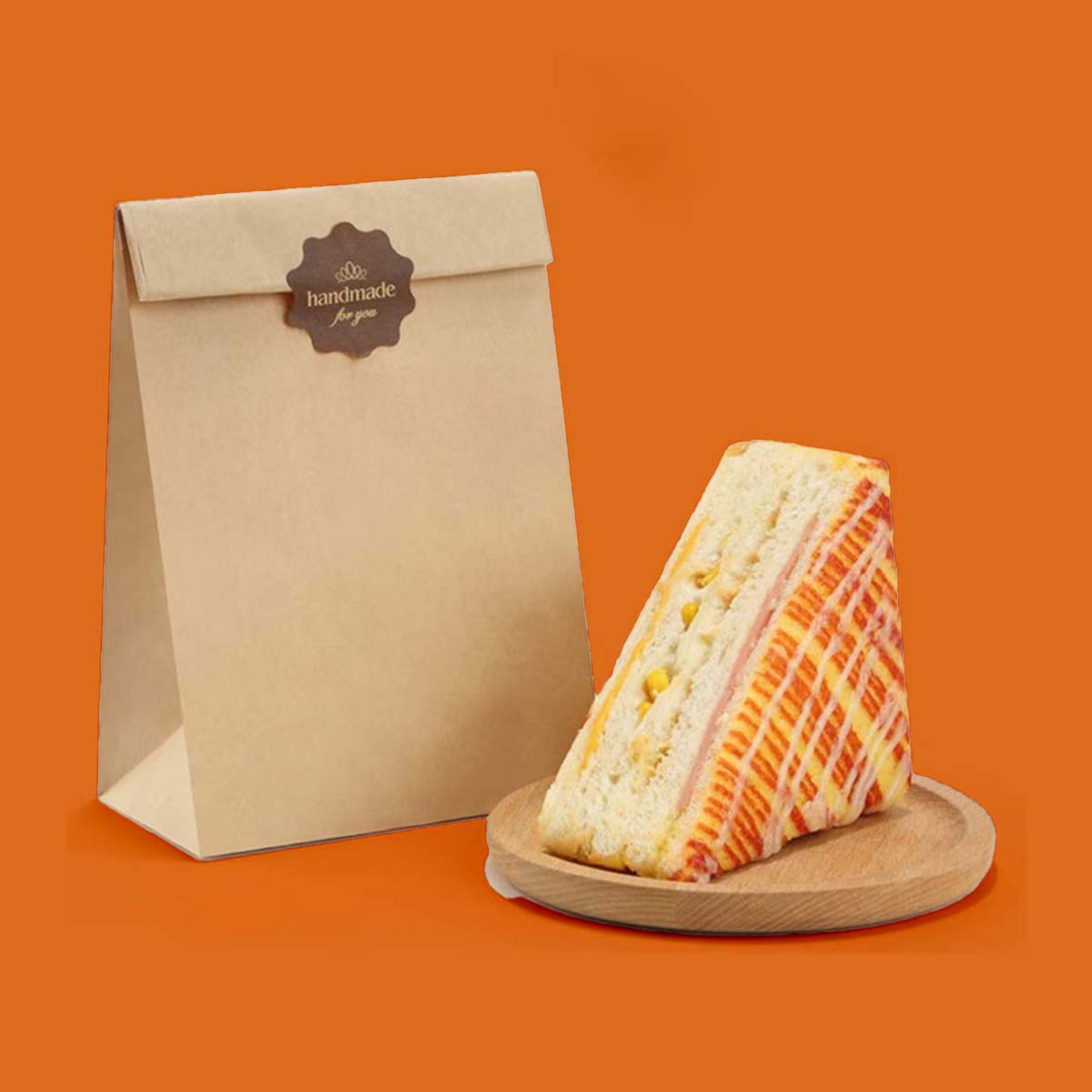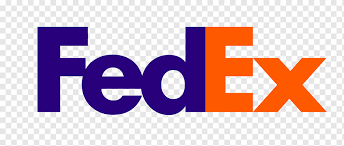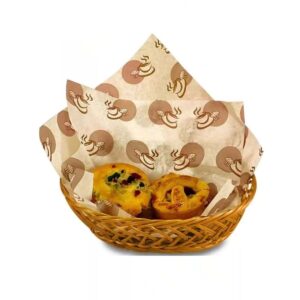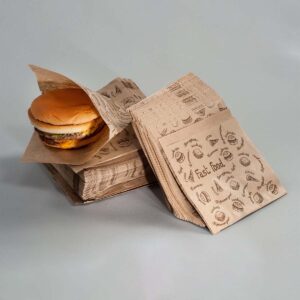Description
Why Custom Sandwich Paper Matters for Food Branding
The business case for branded wraps
Packaging is often the first and last brand touchpoint a diner sees. A printed wrap makes every handoff more recognizable, keeps counters tidy, and turns meals into moving ads. Midday office orders, school canteen lines, and delivery drops all become small brand stages. When the paper carries your colors and message, repeat buyers notice. Mid-sentence reminder: small food boxes and coordinated wraps work best when they match the same palette and tone, so the whole to-go set feels aligned.
Visibility that scales with every order
A repeating logo or slogan across the sheet multiplies impressions without extra media spend. Each unwrapping moment on a desk or in a break room exposes new viewers to your name, colors, and promise. That steady effect supports recall, which is hard to build with plain packaging.
Operational gains at the counter
Clear patterns help staff identify SKUs at a glance—chicken vs. veggie, mild vs. spicy—reducing labeling steps and wrong-bag incidents. Pre-cut sizes also speed assembly during rush hours and keep portioning consistent.
Custom Sandwich Paper as a branding surface
This sheet is more than a barrier; it carries story, signal, and care. The right layout, weight, and finish communicates quality before the first bite, while still doing the job of keeping bread fresh and hands clean. At the same time, Custom Food Printed Papers provide brands with an affordable way to stay consistent across all packaging. From sandwiches to wraps, they ensure every meal looks professional and memorable.
Print, ink, and layout choices that work
Step-and-repeat logos at a 30–45° angle read well in photos and on tables. Maintain a clean “quiet zone” where the sandwich sits so inks don’t compete with food color. Use CMYK for image work; specify Pantone for precise brand tones. If fine text appears, keep it above 6 pt and avoid heavy floods under hot items to limit ink transfer risk.
Material performance and eating experience
Grease-resistant papers keep tables neat, while light breathability prevents sogginess. A gentle tooth (subtle texture) gives a premium handfeel and reduces slip. For hot grills or sauced fillings, consider a slightly higher basis weight so sheets don’t tear on the fold. Double-sided print can help with SKU cues without crowding the plate side.
Paper Options and Use Guide
| Description | Details | Material Options | Finishing Choices | Add-ons & Features | Usage/Application |
|---|---|---|---|---|---|
| Grease-proof Food Paper | Basis weight: 30–45 gsmHigh grease resistanceMedium breathability | Food-grade cellulose paper | Smooth surface, printable | Custom logo printingAvailable in sheets or rolls | Hot sandwiches, wraps, oily fillings |
| PE-coated Paper | Basis weight: 35–50 gsmVery high grease resistanceLow breathability | Paper base with polyethylene coating | Glossy finishMoisture resistant | Heat-seal optionMinimizes ink smearing under heat points | Extra-saucy items, burgers, or foods with sauces |
| Uncoated Kraft (Premium) | Basis weight: 28–40 gsmMedium grease resistanceHigh breathability | Natural brown kraft paper | Rustic matte lookEco-friendly | RecyclableCustom branding available | Rustic presentation, lighter oils, faster steam release (ideal for wraps/snacks) |
| Laminated Lightweight | Basis weight: 40–55 gsmVery high grease resistanceLow breathability | Paper with laminated barrier | High durabilityOptional patterns | Vent hole/vent pattern option for steam release | Long delivery routes, takeaway packaging, maintaining crispness of fried foods |
Design that aligns marketing, kitchen, and finance
Branded paper should support campaigns, work for prep teams, and protect margins. A single, well-planned master pattern can serve core menus and seasonal pushes with minor tweaks.
Custom Pizza Liner options are a smart way to unify branding across menus. They not only highlight logos and marketing elements but also help maintain consistent presentation from kitchen to customer. Using these liners simplifies prep while ensuring every order looks polished and professional.
Menu mapping and color cues
Assign color accents to categories—greens for veggie, blues for seafood, golds for signature lines—so staff and customers decode quickly. Place small icons near cut lines to guide folding for consistent presentation.
Cost control without losing impact
Most cost sits in paper grade and coverage. Limiting heavy solid areas lowers ink usage while keeping a bold look with outlines and negative space. Standardizing two or three sheet sizes covers most sandwiches and sides, reducing waste and inventory sprawl.
| Feature | Details | Material Options | Finishing Choices | Add-ons & Features | Usage/Application |
|---|---|---|---|---|---|
| Paper Grade | Fiber / weight | Choice of paper strength and thickness | Influences feel in hand & tear resistance | Helps balance durability with cost | Match grade to fill weight; avoid over-spec |
| Ink Coverage | Solid floods | High or low ink load depending on design | Affects color pop and photo presence | Can alter perception of premium quality | Use outlines/patterns to reduce ink consumption |
| Sheet Sizes | Trim waste | Standardized sheet options | Promotes consistency & speed | Less material waste, smoother runs | Standardize 2–3 sheet sizes to cover 80% of menu |
| Print Method | Plates / setup | Flexographic or digital press | Determines detail level and clarity of small text | Impacts cost efficiency for short vs. long runs | Flexo for long runs; digital for short promos |
From brief to press: specs and QA that prevent rework
Clear specs reduce sampling loops and protect print quality at scale. A tidy one-pager shared with suppliers keeps everyone on the same plan.
The essential spec checklist
Include sheet size (e.g., 250 × 330 mm), basis weight range, grease resistance rating, ink type (water-based or approved food-contact), print method (flexo, offset, digital), and tolerance on color drift. Add bleed, trim, and repeat measurements for the pattern, plus carton count targets for storage planning.
Testing before rollout
Do bench tests with hot and cold items. Check for wicking, color rub, and tearing at the fold. Run a quick box-to-counter simulation to see if stacks feed cleanly during service. Photograph plated meals under warm and cool lighting to verify the pattern doesn’t overpower food tone.
| Description | Details | Material Options | Finishing Choices | Add-ons & Features | Usage/Application |
|---|---|---|---|---|---|
| Sheet Size | 250 × 330 mm (standard) | Paper substrates 30–45 gsm | Can be adjusted for folding & tray fit | Wrap alignment to fold + tray width | Bakery wraps, tray liners, branded sheets |
| Basis Weight | 30–45 gsm | Lightweight paper to heavy grade | Heavier end for sauced or oily foods | Vendor certificate available | Ensures durability, grease resistance |
| Grease Rating | High (vendor scale) | Greaseproof certified paper | Food-contact coatings optional | Ask for compliance certification | For hot, saucy, or oily products |
| Ink System | Water-based, food-contact safe | FDA-compliant inks | Matte, gloss, or hybrid finishes | Verify rub resistance under heat | Suitable for hot packs, food wraps |
| Print Repeat | 50–80 mm diagonal | Compatible with repeating patterns | Consistent clarity in print | Optimized for photography visibility | Branded packaging visible in product photos |
| Quiet Zone | 120 × 120 mm clear center | Blank/no-print paper zone | Neutral finish to highlight food | Keeps food as main focus | Ensures food remains the visual centerpiece |
| Carton Pack | 1,000–5,000 sheets | Stacks banded for storage | Shelf-depth fit | Carton or banded stacks | Wholesale, restaurant supply, retail stock |
Sustainability signals your guests will notice
Guests read packaging cues fast. Simple, honest information about materials and disposal builds trust and keeps bins clean.
Material choices and certifications
Recycled content papers and responsibly sourced fibers support brand commitments, as long as performance holds. Water-based inks reduce odor and suit common standards. If you use a windowed wrap for specials, state the material clearly and avoid mixed plastics where possible.
Clear disposal guidance
A small line such as “Recycle with paper when clean; bin if heavily soiled” near a corner does more than a crowded footer. Keep the recycling mark and any content percentage legible without crowding brand art.
Making Custom Sandwich Paper work in real operations
A great design still needs to fit the shifts, storage, and supplier realities of the business. Process details keep the look consistent from day one.
Prep flow, storage, and hygiene
Pre-cut sheets in banded stacks speed line work and reduce tearing. Store cartons away from steam and direct heat to preserve grease barrier performance. Train staff to place the logo upright relative to the fold so photos and customer views are consistent.
Supplier partnership and reorders
Ask for color drawdowns on your exact stock, not just on coated sample cards. Keep approved print targets and dielines on file to make reorders straightforward. A small reprint window each quarter supports limited-time promos without redesigning the core pattern.
Measuring impact and iterating with data
Branding choices should show up in real numbers—repeat orders, review sentiment, and social reach. Track these signals and adjust the pattern or copy accordingly.
What to monitor after launch
Watch ticket accuracy, average prep time, and complaint types tied to packaging. Scan photo tags on social channels to see how your wrap appears in the wild. If a color reads dull under warm lighting, nudge the value on the next run.
Simple tweaks that move metrics
Swap dense floods for outline logos to improve legibility in low light. Add a small campaign tag or QR for surveys during new menu drops. If counters are tight, reduce sheet width by a small margin to speed folding without affecting coverage.
Practical takeaways for decision-makers
Branded wraps carry your message through busy hands, shared tables, and delivery rides. With a planned pattern, suitable stock, and clear specs, the sheet earns its place in marketing and in the kitchen.
What to brief your team and supplier
State sheet sizes, paper weight, grease barrier level, color targets, print method, and stacking requirements. Provide sample photos of the desired fold and logo orientation. Share forecast volumes and promo windows so press time can be booked ahead.
Why the sheet matters to brand memory
Every unwrap is a small stage. Clean patterns, true colors, and reliable performance turn routine meals into brand reminders that compound across days and locations. When the wrap helps the kitchen move faster and looks sharp in a guest’s photo, it pays back in both efficiency and word-of-mouth.













